Small Bedroom Design with a Floor Bed
Table of Contents
Small Bedroom Design with a Floor Bed are revolutionizing our understanding of small living spaces. Whether you live in a studio apartment, a small home, or simply want to embrace a minimalist aesthetic, designing a functional and beautiful bedroom around a floor bed can enhance your space while promoting better sleep and mental clarity.
In today’s world, where urban living often means smaller spaces, the art of bedroom design is crucial to our well-being. Your bedroom is not just a place to sleep; it’s your personal sanctuary where you recharge, relax, and start each day anew. When space is limited, every design decision becomes more important than ever.
Why Floor Beds Are Ideal for Small Bedroom Design
Floor beds, also known as platform beds or Japanese futons, offer unique benefits for small spaces. Unlike traditional bed frames that can make small rooms feel cramped and cluttered, floor beds create the illusion of spaciousness by maintaining clear sight lines across the room.
The psychology behind sleeping on a floor bed is fascinating. Many cultures, particularly in Japan and Korea, have embraced floor sleeping for centuries, citing benefits such as improved posture, improved circulation, and enhanced connection with natural sleep rhythms. Designing small bedrooms with floor beds not only saves space but also improves the quality of your sleep.
Practically speaking, floor beds eliminate the annoying “under the bed” storage that often leads to clutter. This forced minimalism can be liberating, encouraging you to be more mindful of your belongings and creating a more peaceful sleeping environment.
Popular Floor Bed Design Styles for Small Bedrooms
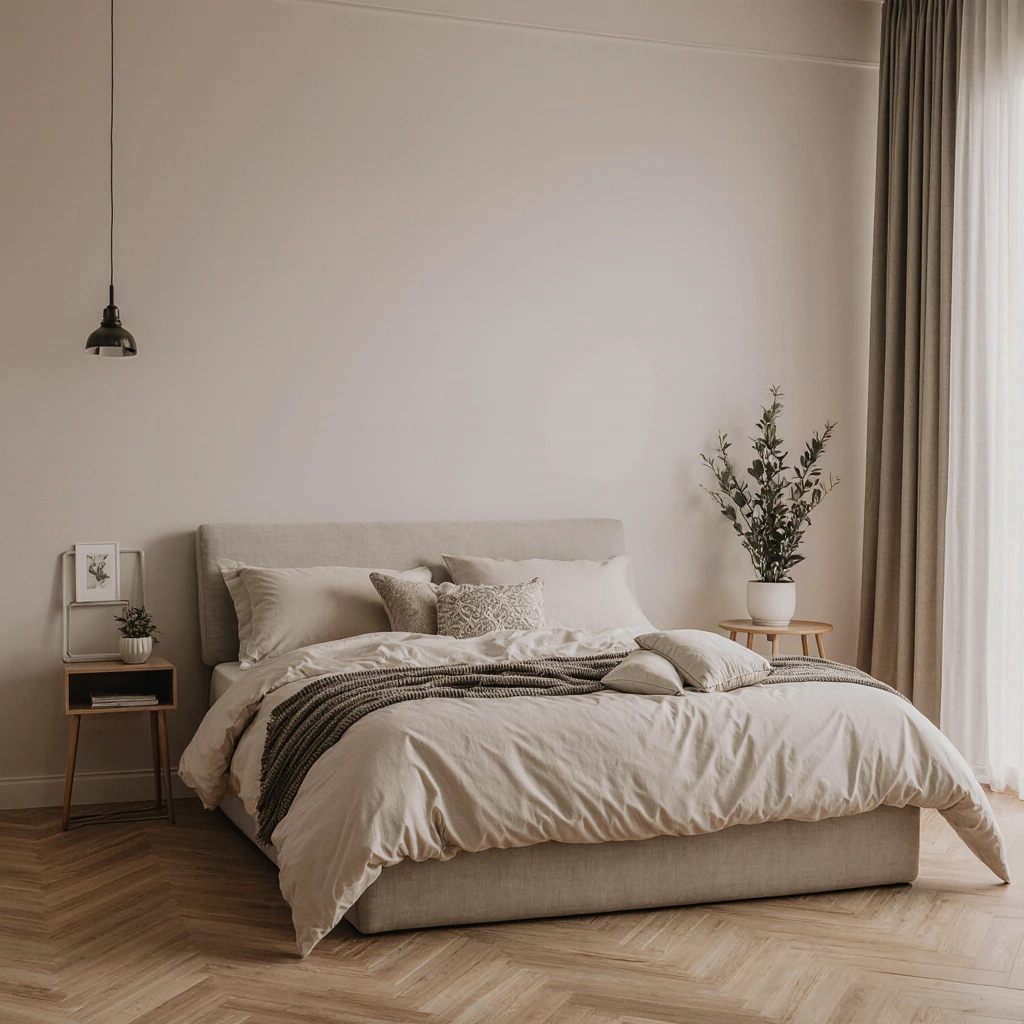
Japanese Minimalism (Zen Style)
The Japanese approach to designing small bedrooms with floor bed concepts focuses on simplicity, natural materials, and useful open spaces. Think simple furniture, neutral color palettes, and clean lines. The traditional Japanese futon on tatami mats brilliantly embodies this aesthetic.
Key elements include:
- Natural wood accents
- Neutral colors (white, beige, soft gray)
- Minimal decorative elements
- Focus on texture rather than pattern
- Smart use of empty space
Scandinavian Hygge Style
Scandinavian design brings a sense of comfort to small bedroom designs, with floor beds crafted in warm fabrics, light wood, and a functional aesthetic. This style is exceptionally well-suited to small spaces, prioritizing comfort without overwhelming the senses.
Key components:
- Light wood tones (birch, pine, ash)
- Warm fabrics and layered bedspreads
- Soft, muted colors
- Maximizing natural light
- Practical storage solutions
Modern Bohemian Style
For those looking for a personal touch in their small bedroom design with floor beds, the modern bohemian style offers the perfect balance. This style combines global influences, rich fabrics, and warm colors, while maintaining the aesthetic of floor beds.
Elements of a Bohemian Floor Bed:
- Layered rugs and textiles
- Warm earth tones with accent colors
- Plants and natural elements
- Eclectic lighting options
- Antiques and artwork
Industrial Simplicity
Urban dwellers often gravitate toward industrial simplicity in their small bedroom design through floor bed concepts. This style celebrates raw materials, exposed elements, and functional design while maintaining the spaciousness of floor beds.
Features of Industrial Design:
- Exposed brick or concrete walls
- Reclaimed metal and wood furniture
- Monochromatic colors
- Practical lighting fixtures
- Focus on function
Practical Tips for Maximizing Space and Comfort
Strategically Placing a Floor Bed
The placement of a floor bed greatly impacts the functionality and visual appeal of your small bedroom. Position your bed away from busy areas to create defined zones within your small space. Placing the bed in a corner is often a good option, as it leaves the center of the room open for movement and activity.
When placing your floor bed, consider the room’s natural focal points. Placing it opposite a window provides a beautiful view when you wake up, while placing it perpendicular to the longest wall makes narrow rooms appear wider.
Vertical Storage Solutions
When designing small bedrooms with floor bed designs, vertical thinking becomes essential. Wall-mounted shelves, floating nightstands, and overhead storage units optimize floor space while keeping essentials within easy reach.
Install floor-to-ceiling shelving systems to draw the eye upward, creating the illusion of height. Use the space above your floor bed for lightweight storage or decorative items that don’t pose a safety hazard.
Versatile Furniture
Every piece of furniture in a small bedroom should serve multiple purposes. Ottoman storage cubes can be used as seating, storage units, and nightstands. A wall-mounted desk can be folded when needed and hidden away when not in use.
Consider furniture pieces that complement the low design of your floor bed. Low dressers, floor pillows that double as seating, and modular storage systems blend harmoniously with the aesthetics of your floor bed.
Create Zones
Even in the smallest spaces, creating distinct zones helps organize your activities and makes the room feel larger. Use rugs, lighting, and furniture placement to define sleeping, changing, or relaxing areas in your bedroom.
A small reading nook with floor pillows near a window can provide a dedicated space for quiet activities, while complementing the aesthetics of your floor bed design.
Color Palettes That Promote Relaxation and Sleep
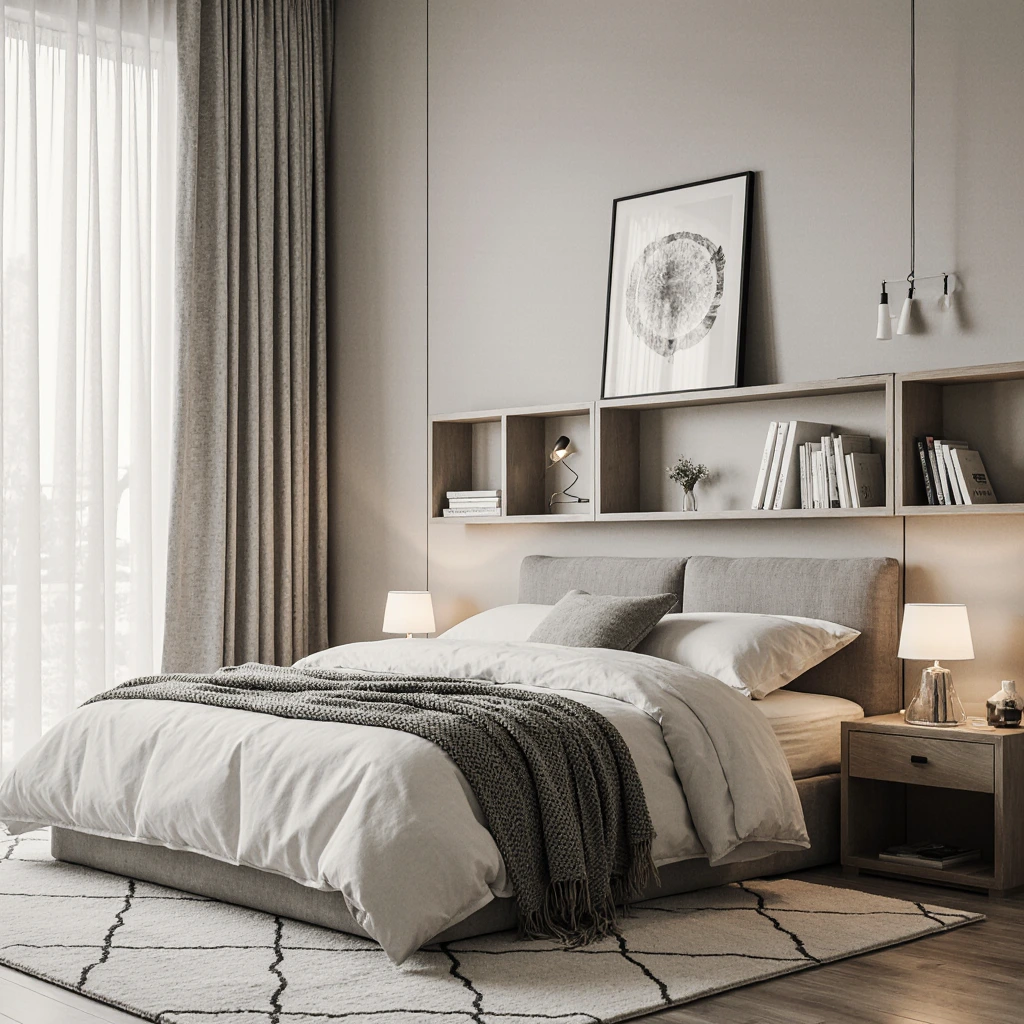
Basic Neutral Color Palettes
Neutral colors form the foundation of a successful small bedroom design with floor bed concepts. These timeless combinations create calming, relaxing environments while making small spaces appear more spacious.
Classic White and Cream: Pure white walls with cream and ivory accents create a sense of spaciousness and openness. Add warmth with natural wood tones and textured fabrics to prevent the space from feeling cramped.
Warm Gray: Elegant grays range from light gray to dark charcoal. These colors provide a calming backdrop and offer more visual appeal than pure white.
Beige and Taupe: Neutral earthy tones create a warm, womb-like environment ideal for sleep. These colors pair particularly well with natural materials and organic textures.
Nature-Inspired Color Schemes
Taking inspiration from nature can create deeply relaxing sleeping environments, enhancing sleep quality and relieving stress.
Forest Green and Earth Tones: Dark sage greens with warm browns and clay tones create calm and relaxing environments. These colors pair beautifully with plants and natural materials.
Ocean Blue and Sand Beige: Soft blue-gray tones mixed with warm sand tones create a calming seaside feel. This combination is especially suitable for rooms with natural light.
Monochromatic Sophistication
Monochromatic color schemes in small bedrooms with floor beds create a sophisticated and cohesive look while enhancing the sense of space.
Choose a variety of shades and tones from a single color family, using texture and pattern to create a beautiful effect without overwhelming the small space.
Perfect Lighting Ideas
Layer Your Lighting
Designing a successful small bedroom with floor beds requires thoughtful lighting design. Layer your lighting to support various activities and moods throughout the day.
Ambient Lighting: Overhead or ceiling lights provide general illumination. Consider dimmable options to adjust brightness levels throughout the day.
Task Lighting: Reading lamps, desk lamps, or wall sconces provide focused lighting for specific activities. For floor beds, consider pendant lights at appropriate heights or adjustable wall mounts.
Accent Lighting: String lights, LED strips, or decorative lamps add a sense of comfort and calm. These soft light sources are especially important in creating relaxing environments around floor beds.
Improve Natural Lighting
Maximize available natural light to make your small bedroom feel larger and more welcoming. Keep window shades simple and light-colored to allow maximum light while maintaining privacy.
Consider strategically placing mirrors to reflect natural light throughout the room. A large mirror opposite or next to windows can effectively double the perceived natural light in your room.
Evening Lighting Strategies
Create personalized evening lighting that supports healthy sleep patterns. Warm-colored lighting (2700-3000 Kelvin) in the hours before bed helps signal to your body that it’s time to wind down. Consider smart lighting systems that automatically adjust color temperature throughout the day, supporting your natural circadian rhythms and providing comfort in your small space.
Common Mistakes in Small Bedroom Design and How to Avoid Them
Furniture Overcrowding
The most common mistake in small bedroom design with floor-to-ceiling bed designs is trying to fit too much furniture into the limited space. Each piece should have a clear purpose and complement the overall aesthetic of the design.
The Solution: Carefully assess your furniture needs. Keep only essential pieces and choose items that serve multiple functions. Remember that empty space is a design element in itself.
Ignore Size and Proportion
Furniture that’s too large or too small can upset the balance of the entire room. This is especially important with floor beds, which alter the visual weight distribution in your bedroom.
The Solution: Carefully measure your space and choose furniture that’s the right size. Use masking tape to mark the dimensions of the furniture on the floor before purchasing to visualize how the pieces will fit.
Poor Traffic
Small bedrooms need clear pathways for comfortable movement. Blocking natural traffic patterns makes spaces feel cramped and can be frustrating for daily use.
The Solution: Design clear pathways from the door to the bed, closet, and any other frequently used areas. Make sure to leave at least 60 cm of clearance in the corridors.
Inadequate Storage Planning
A lack of storage space leads to clutter, which can quickly overwhelm small spaces and negate the benefits of a calming floor bed design.
The Solution: Plan your storage solutions before arranging your room. Make effective use of vertical space and choose storage units that complement your design aesthetic rather than disrupt it.
Neglecting Diverse Lighting
Relying on a single overhead light source creates harsh, uncomfortable lighting and reduces the effectiveness of your room throughout the day.
The Solution: Use multiple light sources at different levels. This is especially important with floor beds, where traditional nightstand lamps may not be practical.
Create Your Own Floor Bed Sanctuary
The design of your small bedroom with a floor bed should reflect your personal style, while maximizing comfort and functionality. Start by defining your priorities: Do you need to incorporate a workspace? Ample storage? Space for meditation?
Think about your daily routine and how your bedroom design can support it. If you practice yoga or meditation, make sure you have enough floor space. If you work from home occasionally, plan temporary workspace solutions that won’t disrupt your sleep environment.
Remember, designing a small bedroom with floor beds is a process, not a one-time project. Start with the basics, then gradually add pieces that enhance your comfort and reflect your personality.
Conclusion: Embrace Simple Luxury in Small Spaces
Designing a small bedroom with floor beds offers a unique opportunity to create calming, functional spaces that are conducive to rest and daily activities. By embracing the principles of simplicity, choosing thoughtful colors, and designing thoughtful lighting, you can transform even the smallest bedroom into a luxurious personal haven.
The secret to success lies in thoughtful planning and focusing on quality over quantity in your design choices. Remember that effective small-space design is about creating a sense of spaciousness rather than physical space. Your floor bed becomes the foundation for a more serene and comfortable lifestyle.
Ready to transform your small bedroom into a tranquil haven? Start by organizing your current space and imagine how a floor bed can completely transform the dynamic of your room. Share your bedroom makeover experience with us in the comments below, or subscribe to our newsletter for more space-saving design inspiration and practical tips for small spaces.
Best Amazon Picks :
FAQs
Q: Is sleeping on a floor bed healthy for your back?
A: Floor beds can be beneficial for back health when used with proper support. Choose a firm mattress of an appropriate thickness (at least 15-20 cm) to ensure proper spinal alignment. Many people report improved sleeping posture and reduced back pain after switching to floor sleeping, although individual experiences vary.
Q: How do I keep my floor bed clean and hygienic?
A: Keep your floor bed clean by using a moisture barrier or platform base to prevent direct contact with the floor. Vacuum or vacuum the area regularly, rotate your mattress monthly, and ensure proper ventilation to prevent moisture buildup. Consider washable mattress protectors for easy maintenance.
Q: What is the best type of mattress for floor beds?
A: Medium-firm to firm mattresses are best for floor beds. Memory foam, latex, or hybrid mattresses with good edge support and good ventilation are ideal. Avoid mattresses that are too soft, which can feel uncomfortable when directly in contact with the floor and cause moisture problems.
Q: How can I make a floor bed comfortable for daytime sitting?
A: Add supportive back pillows or a wall-mounted headboard for comfortable sitting. Floor pillows, bolsters, or a daybed design with side pillows can make your floor bed functional for reading or relaxing during the day.
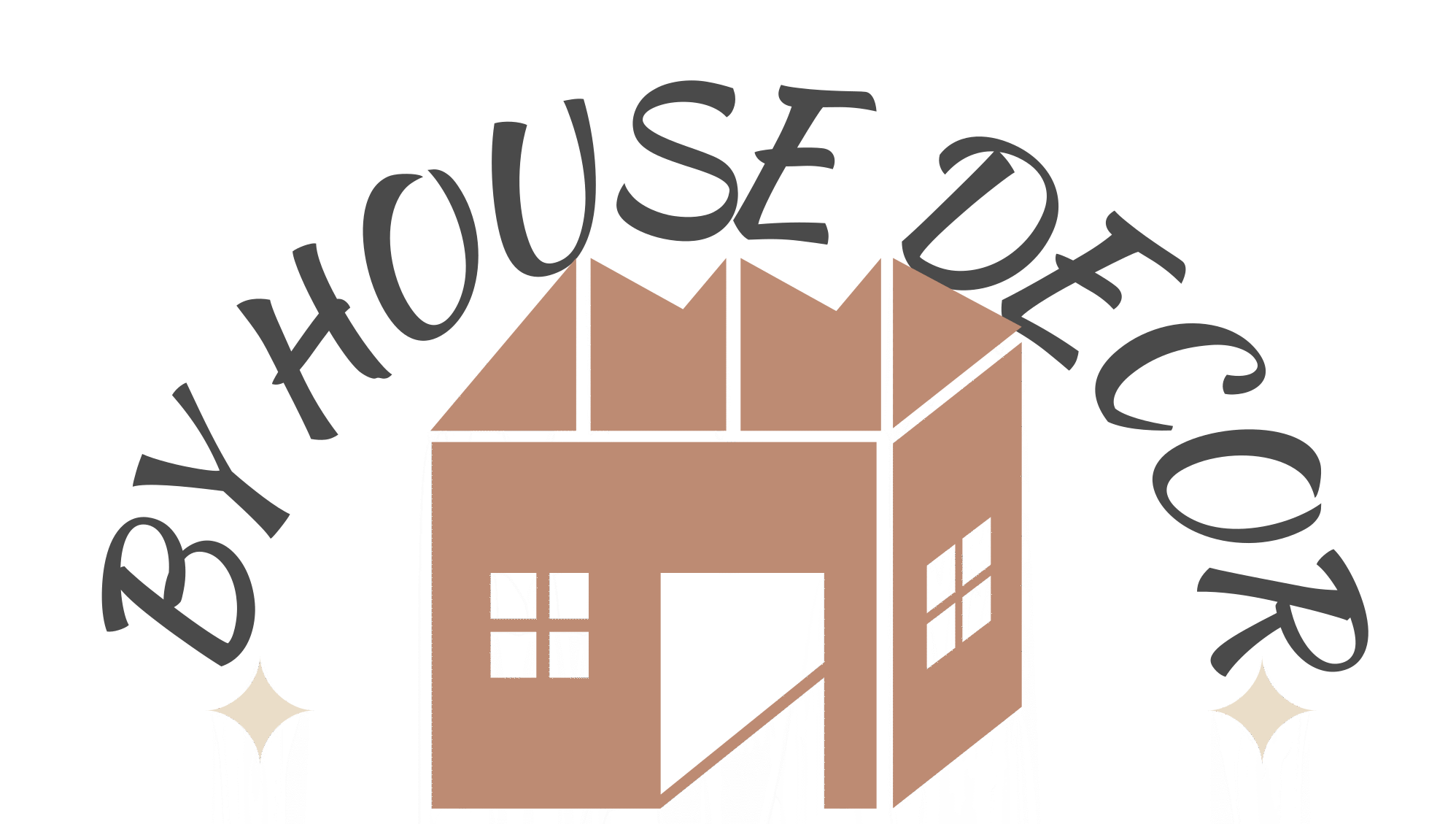
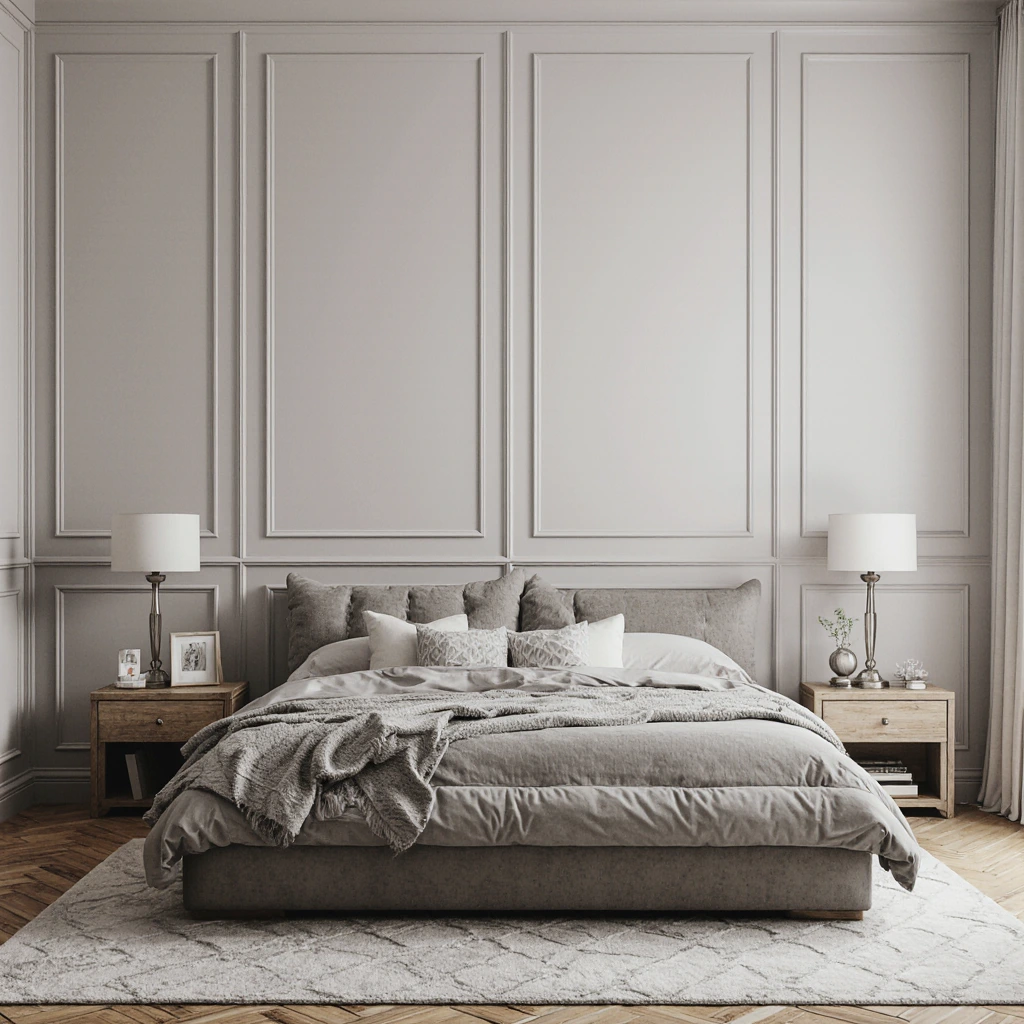
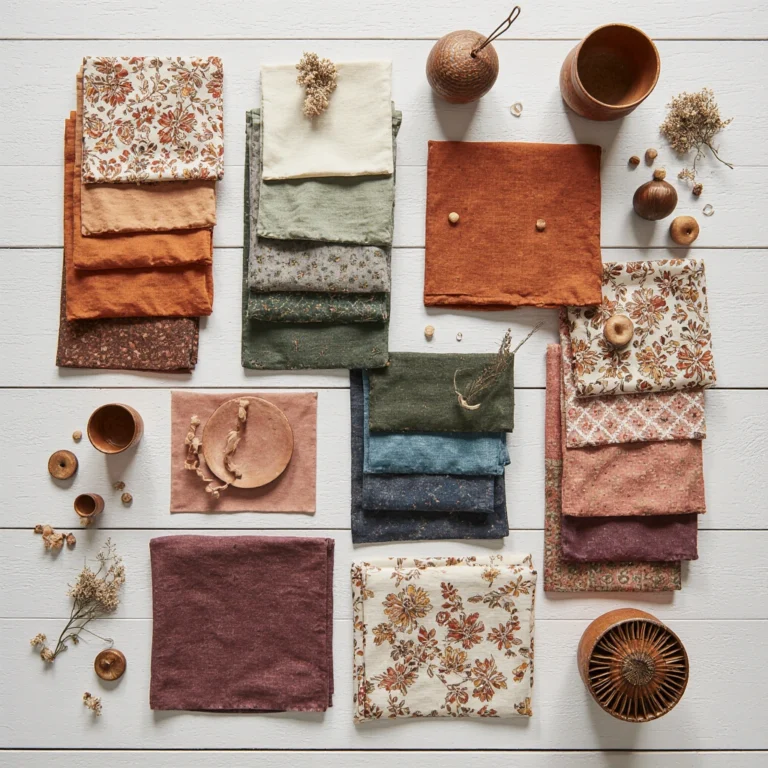
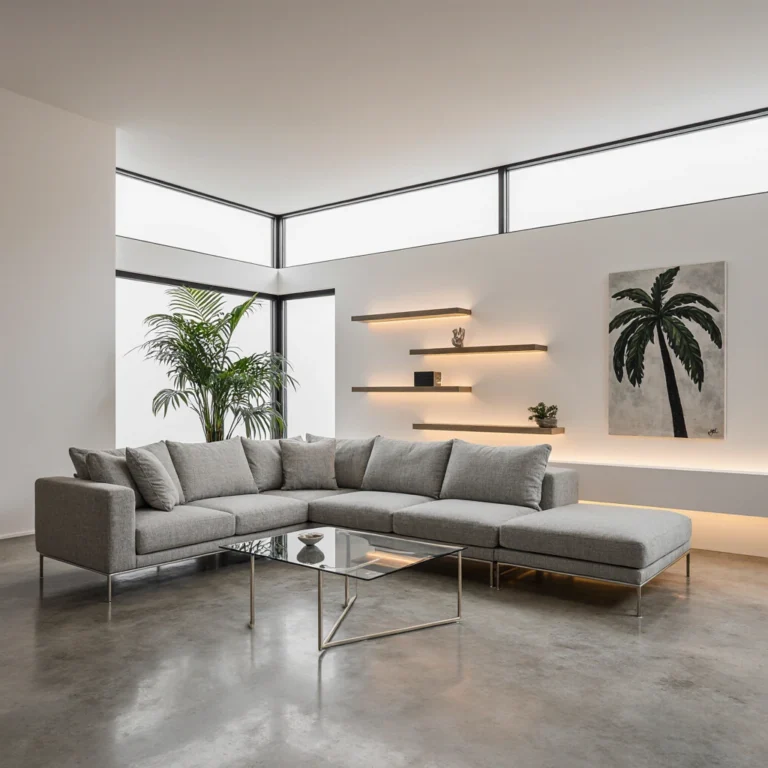
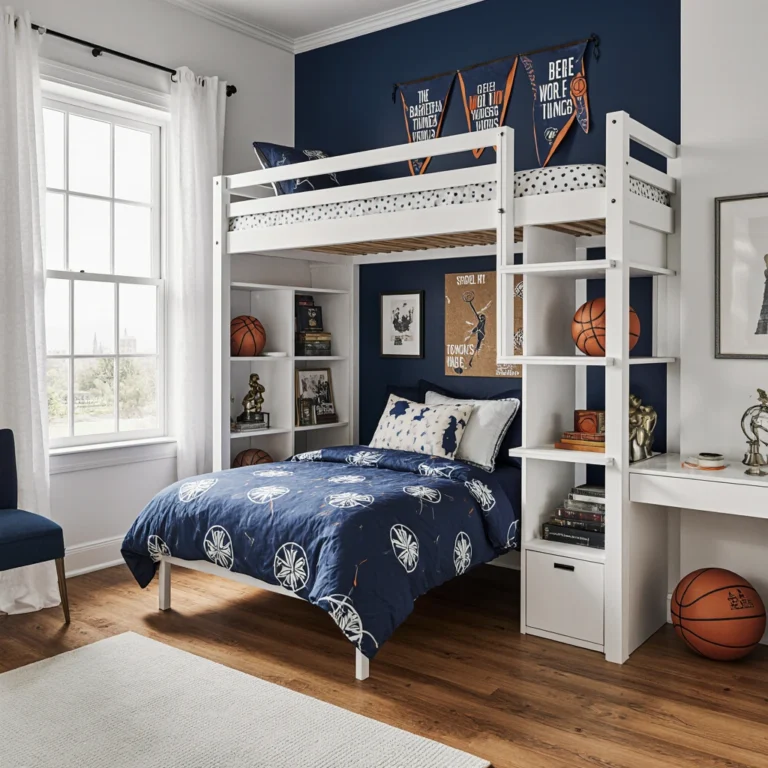
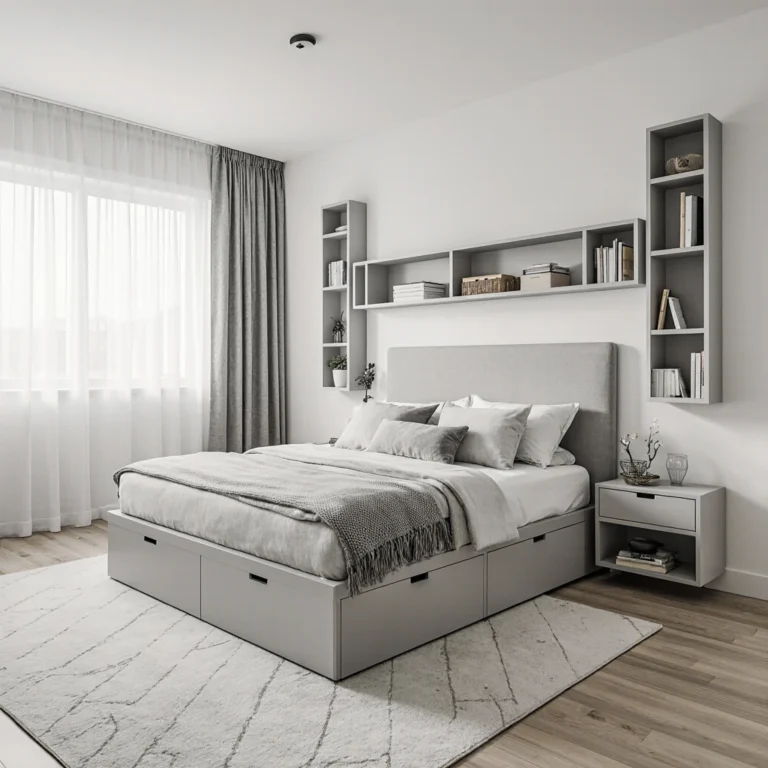
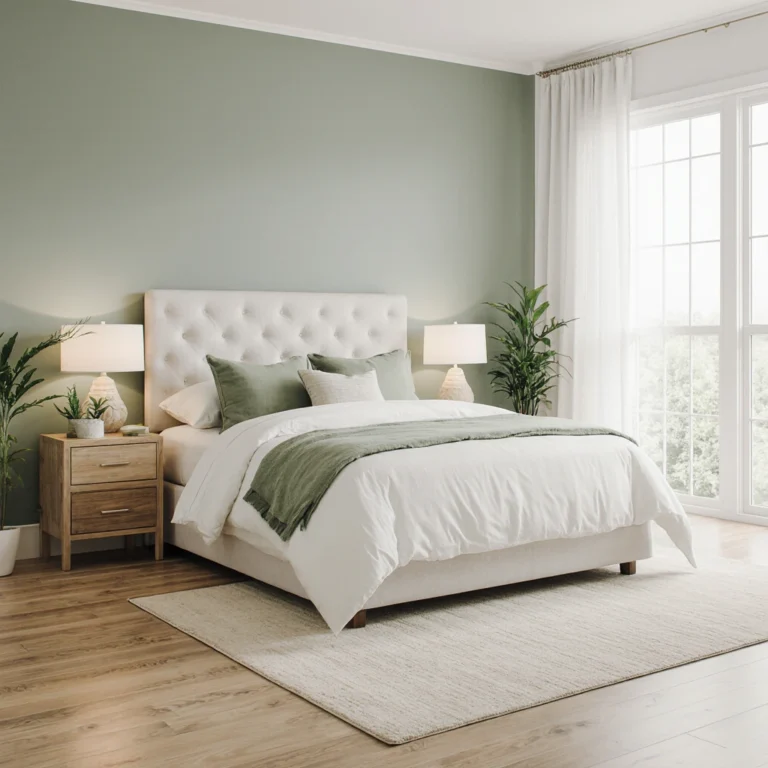
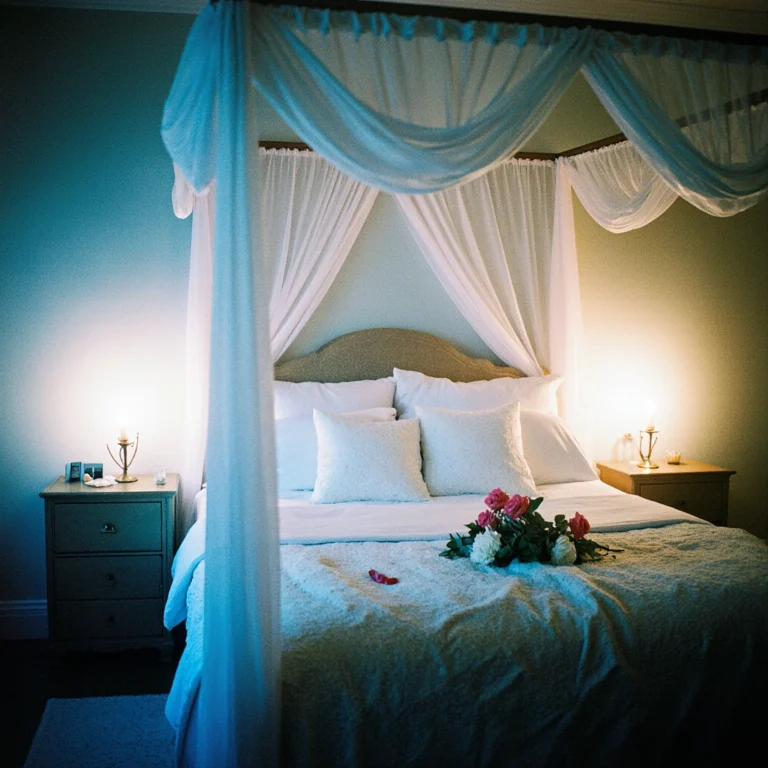
One Comment
Comments are closed.